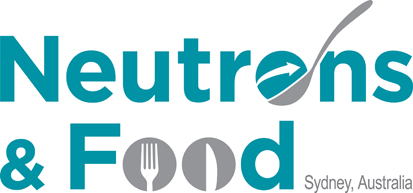Speaker
Description
X-ray fluorescence microscopy (XFM) can be used for elemental and chemical microanalysis across length scales ranging from millimeter to nanometer. XFM is ideally suited to quantitatively map trace elements within whole and sectioned plants, seeds, animals and soil samples. The high elemental sensitivity of X-ray fluorescence microprobes coupled with deep penetration of hard X-rays enables measurement of an incredibly diverse range of samples in situ and under environmental conditions with a minimum of preparation.
The ability to rapidly acquire 2D images enables higher-dimensional studies such as fluorescence tomography, X-ray absorption near edge structure (XANES) imaging, and XANES tomography in realistic times. Full spectral XANES imaging takes advantage of fast XFM and results in X-ray absorption near edge structure spectra from X-ray fluorescence at each pixel in the image. This enables spatially resolved chemical speciation and the efficiency and speed ensures the lowest possible dose alongside high throughput.
Examples of XFM elemental mapping addressing bio-fortification of cereal grains and chemical speciation studies to understand manganese and arsenic toxicity in plants and selenium bio-availability in aquatic environments will be presented.

